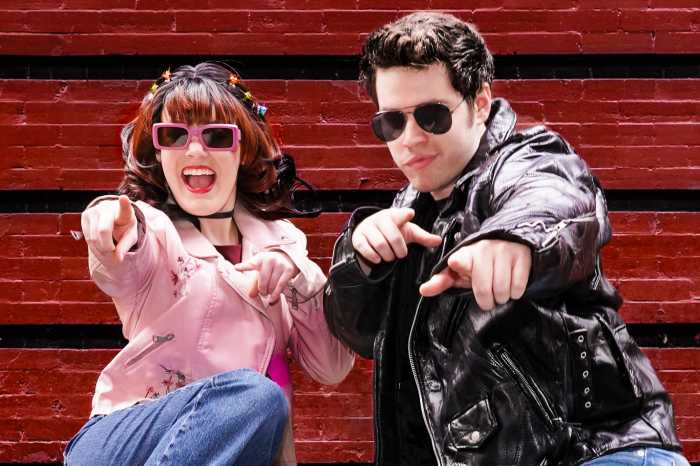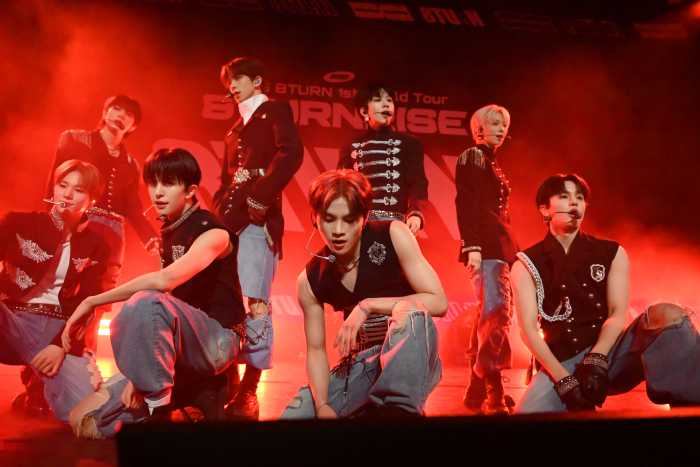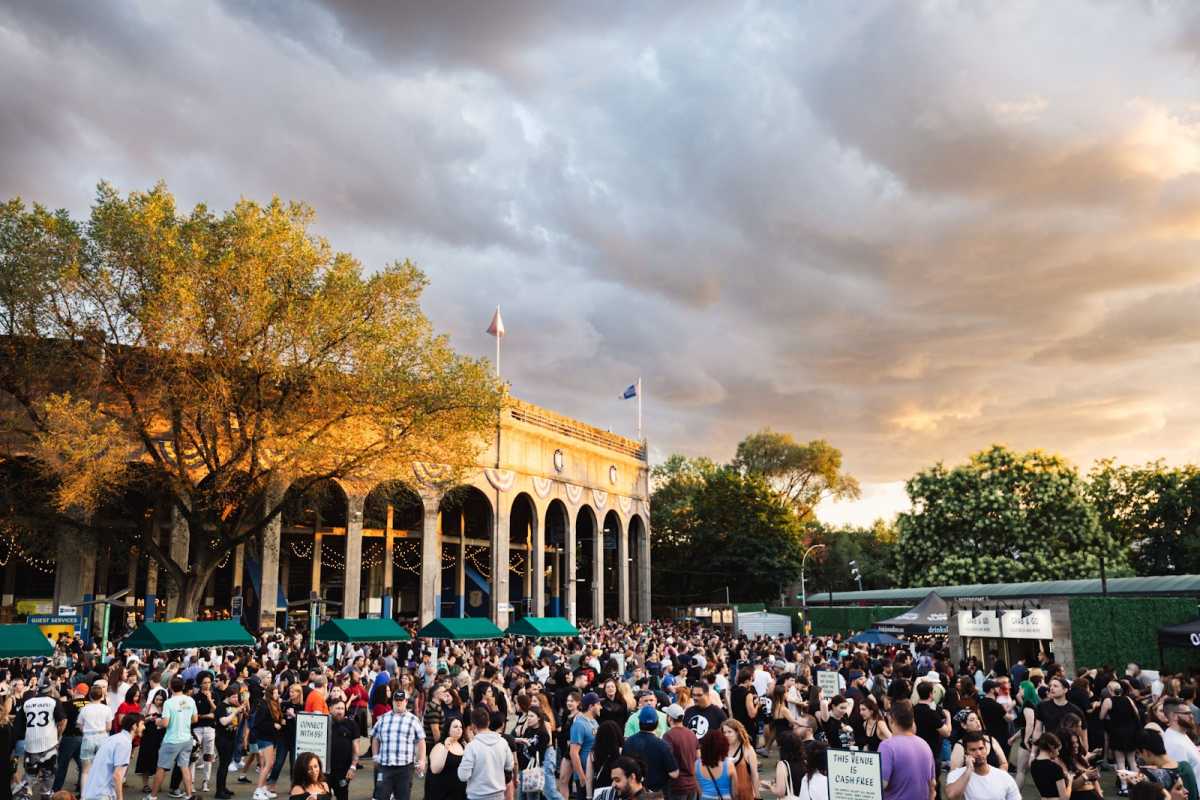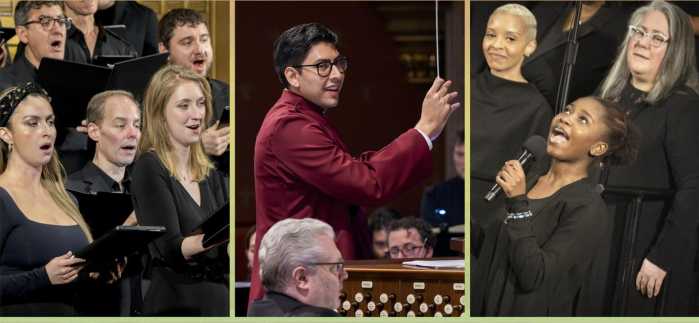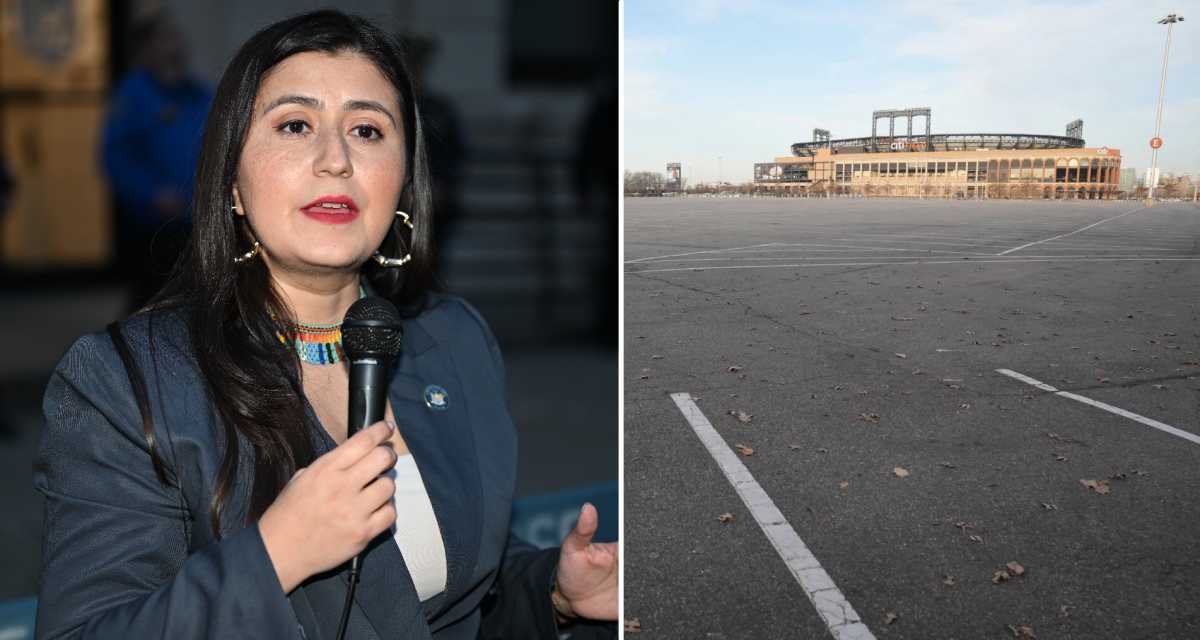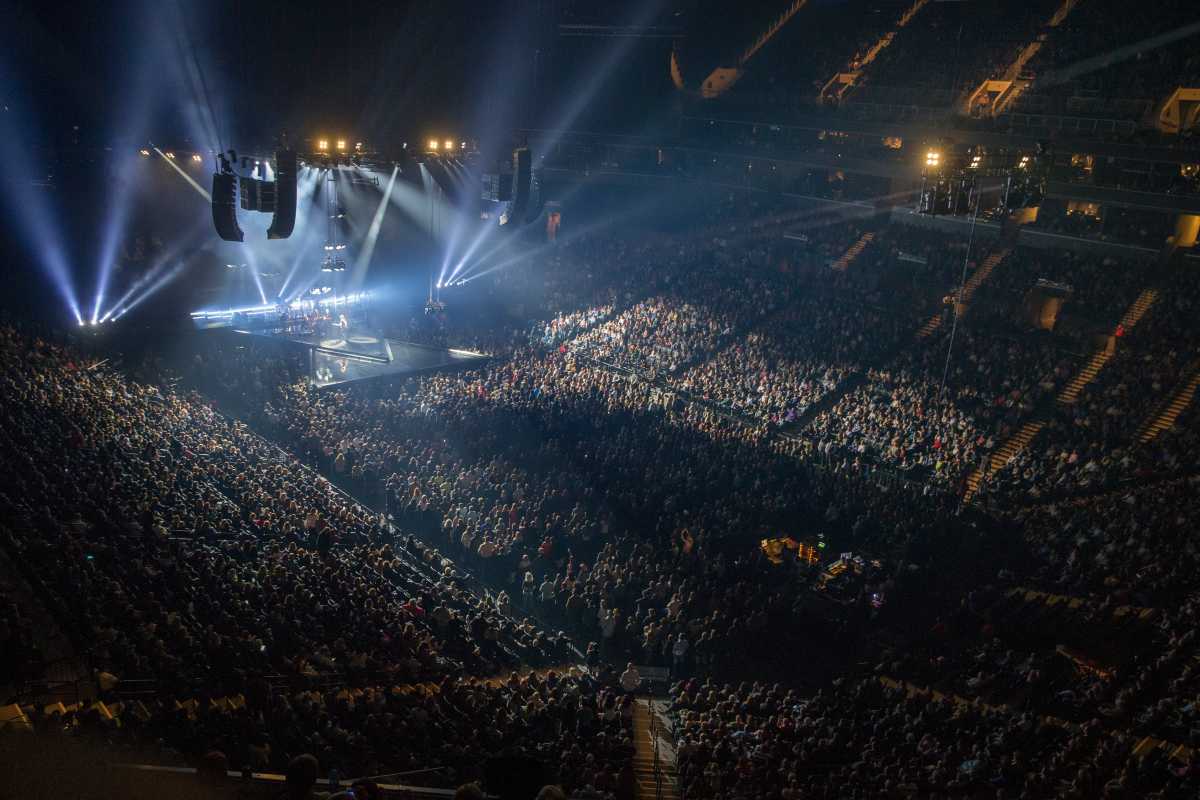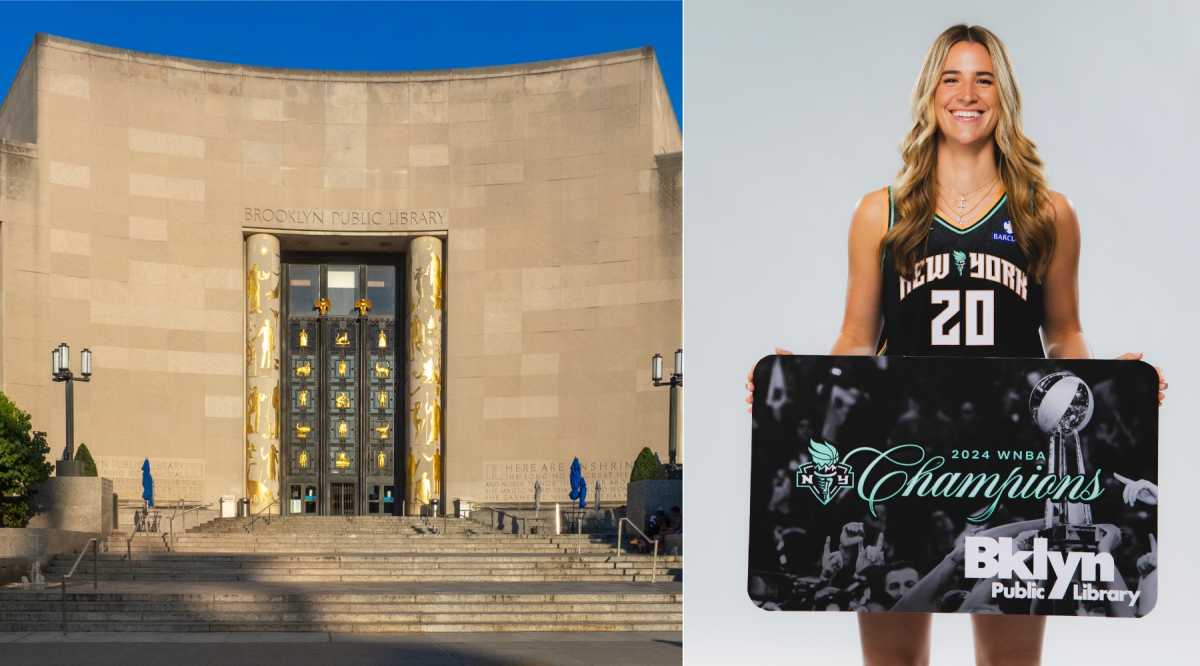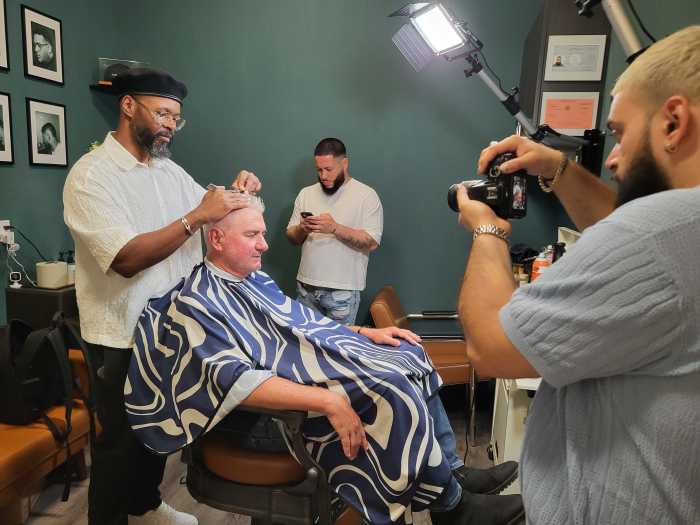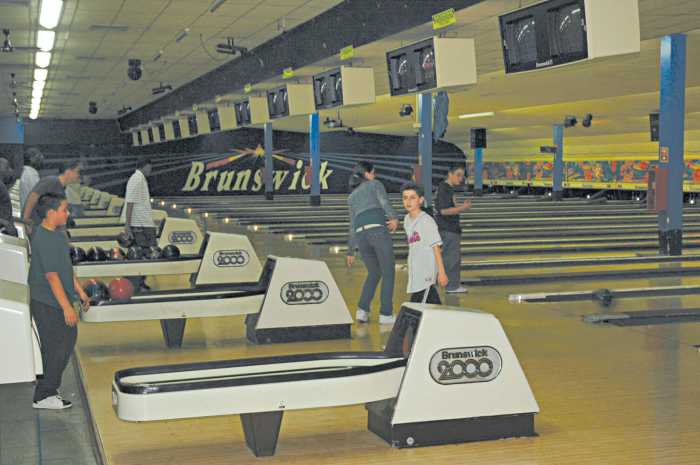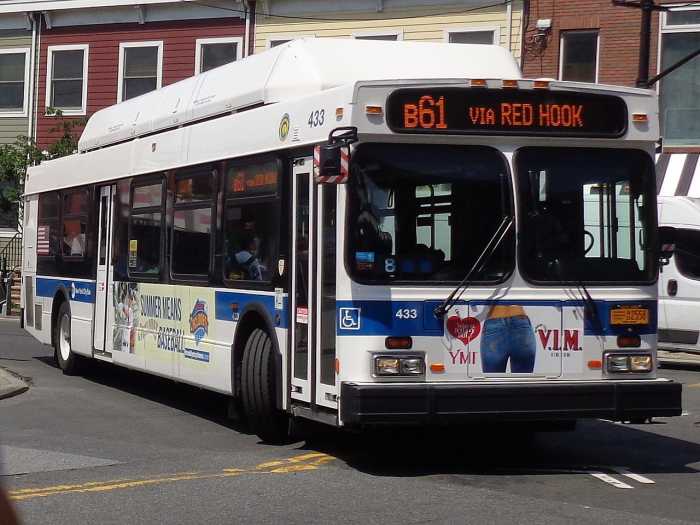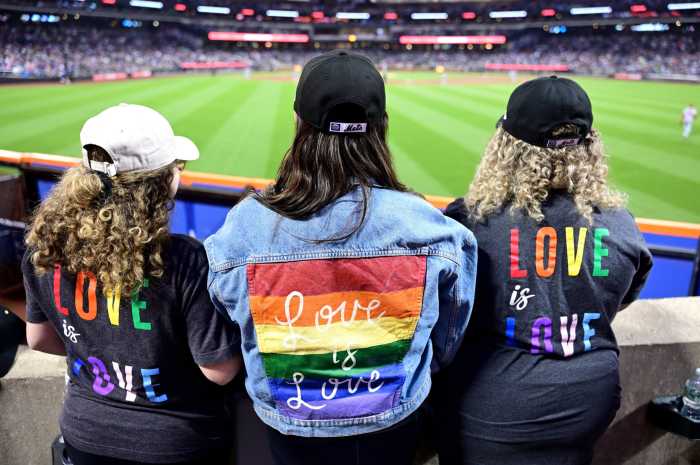It’s Wednesday afternoon at Greenpoint’s Cafe Grumpy. The sun flows through the windows, laptops crowd the shared tables and a barista chats with a neighborhood friend stopping by for an afternoon cold brew.
An Adam Driver-looking guy sitting on a bench is not interested in answering questions for a local newspaper, which seems about right. Since “Girls” premiered on HBO in April 2012, not much (other than an expanded seating area and the Wi-Fi password) has changed at the still-independently owned former workplace of fictional protagonist Hannah Horvath.
But still, over the course of the show’s six-season run ending Sunday night, rents have increased throughout the borough. Some neighborhoods, like the “Girls”-centric Williamsburg, Greenpoint and Bushwick, are nearly unrecognizable, littered with luxury condos, boutiques where a pair of pants from an obscure indie designer retails for well over $300, boozy brunch spots designed for Instagram, and chain coffee shops, juice spots and gyms.
Brooklyn has become both a tourist destination and a first-choice borough (unlike the reviled Brooklyn that “Sex and the City’s” Miranda Hobbes moved to in desperation) for millennials migrating from all over the world, but what effect has “Girls” — the show that iconized straight, white, female 20-somethings foraying throughout the borough — had on Brooklyn?
“Like ‘Girls’ did for the millennial experience, I think the show gave Brooklyn some visibility as a place 20-somethings could make (an affordable!) start in New York; as our characters have grown and matured and taken steps towards finding their identities, so too has Brooklyn,” said Kathleen McCaffrey, vice president of programming at HBO in an email. “At the very least, Cafe Grumpy hopefully had a surge in their business!”
McCaffrey said the network didn’t expect for Brooklyn to be so inseparable from the four protagonists in a similar vein to what Carrie Bradshaw and her gang did for Manhattan, but the show became a genuine Kings County phenomenon, attracting crowds who spent summers chasing the cast and crew around shooting locations like Williamsburg’s Kellogg’s Diner or Prospect Heights’ Weather Up.
“You can never predict when or if the setting of a show will become as important as its characters, but we are very excited that this is what happened with ‘Girls,’ ” McCaffrey said. “We hope that the legacy of ‘Girls’ stretches even beyond New York and that [young] women everywhere will remember the show as one that spotlighted a special time of life for them.”
Not all Brooklynites, however, are so enthused by the changes “Girls” may have inspired in Brooklyn.
Kristy Elena, 30, recently departed Bushwick — a neighborhood she says she’ll never live in again — to travel and work in Europe. Though she doesn’t dislike the show, Elena says “Girls” has had “a negative impact on my experience with Brooklyn, from small superficial reasons to more significant, financial ones,” citing poor customer service and “mind-numbing” neighborhood expenses as a few of the reasons she found Bushwick increasingly intolerable.
Samantha Henderson, 25, moved to Fort Greene from Manhattan two seasons after “Girls” premiered. “Even before I moved to Brooklyn, it became very common for friends and family to say to me, ‘I totally saw your life on ‘Girls’ the other night,’’ Henderson said.
After living in Brooklyn for a few years, Henderson now sees the similarities. “I find myself in situations like weird parties, dates, and late nights out saying to myself, ‘This is eerily like a ridiculous episode of Girls.’ ”
There is one caveat though: Henderson doesn’t want to be like the “Girls” women. “If I find that happening, I try to correct my behavior because do I really want to live like any of the characters?” Henderson said. “I watch it almost as a comedy of errors and try to do the opposite so that my life in Brooklyn isn’t too much like [the characters’]. Seeing them act so irresponsibly and irrationally often reassures me that I’m probably doing all right and it’s OK to mess up every once in a while.”
Though she wasn’t a fan of the show at first, Henderson is surprised to feel sad about saying goodbye to Hannah, Jessa, Shoshanna and Marnie, noting that most of her friends also shared a complicated relationship with “Girls,” for both its lack of diversity and “unfortunate” depictions of female friendship, but always kept watching it.
Henderson, who also enjoys shows like “Broad City” and HBO’s “Insecure,” hopes the thematic legacy of “Girls” prevails after the last episode.
“I’m hoping that ‘Girls’ will leave a lasting impact by demonstrating that it’s OK to depict unlikable women and that there are always more stories to explore in women’s lives.”



